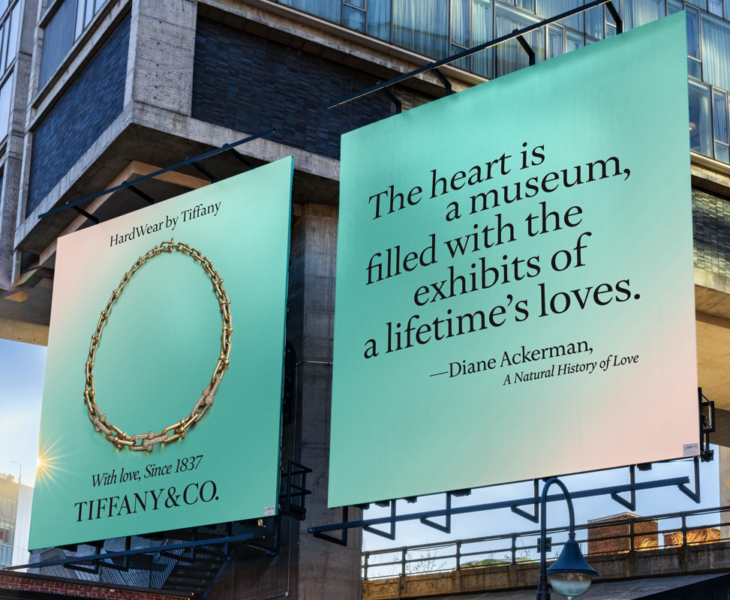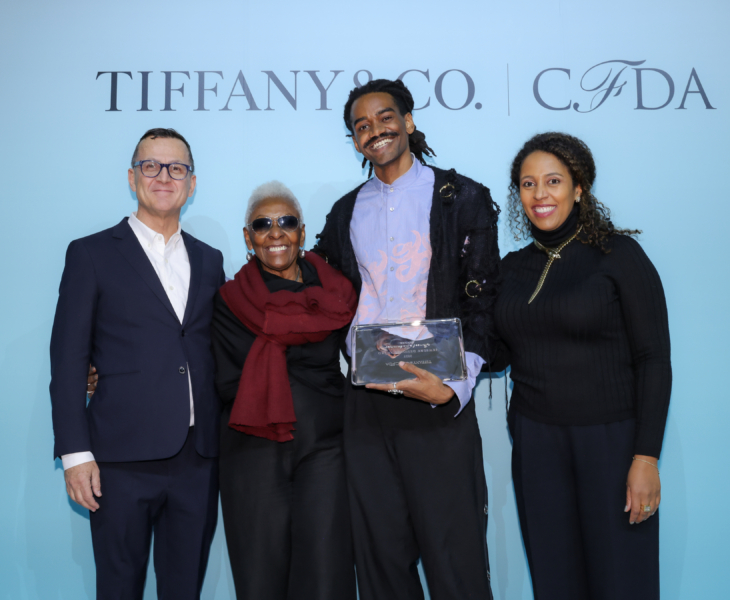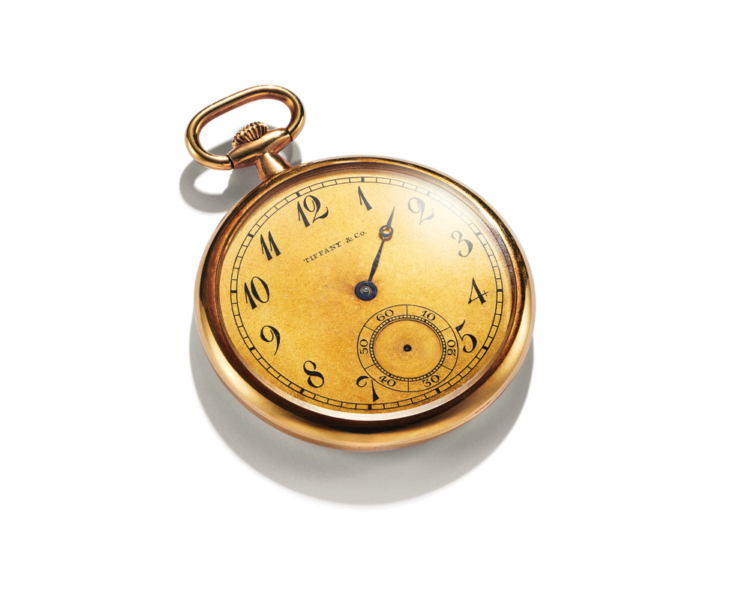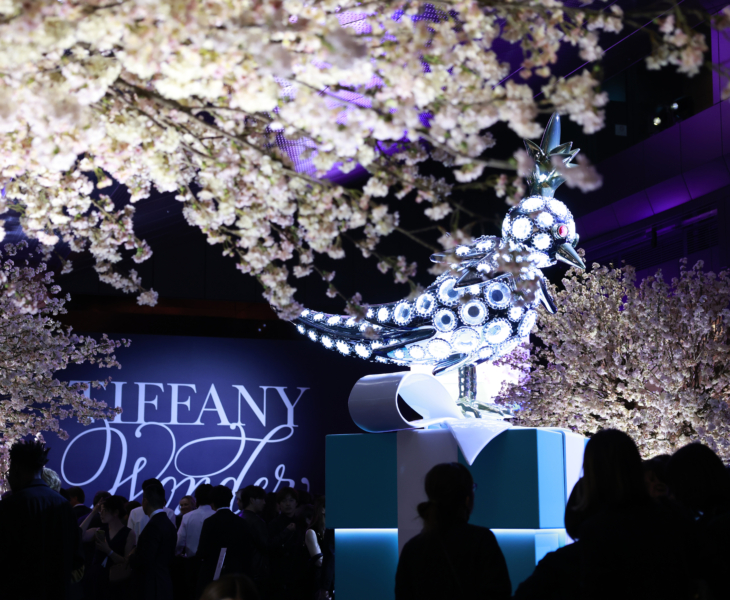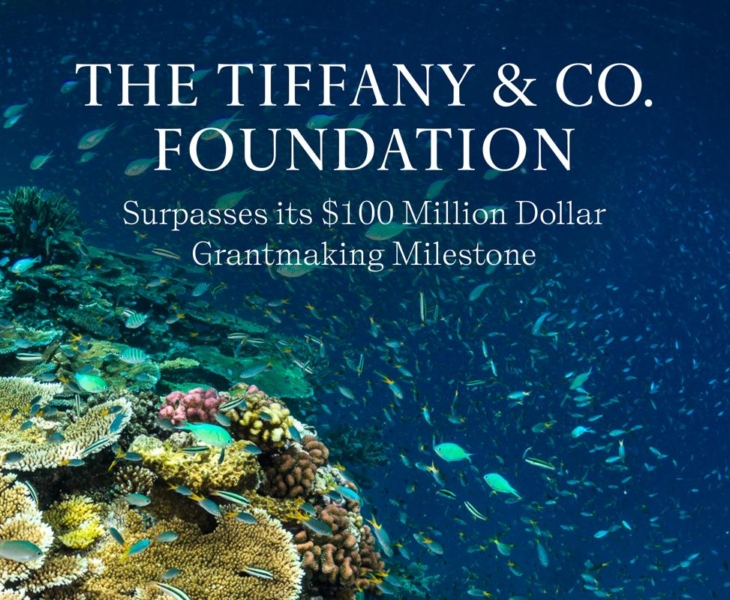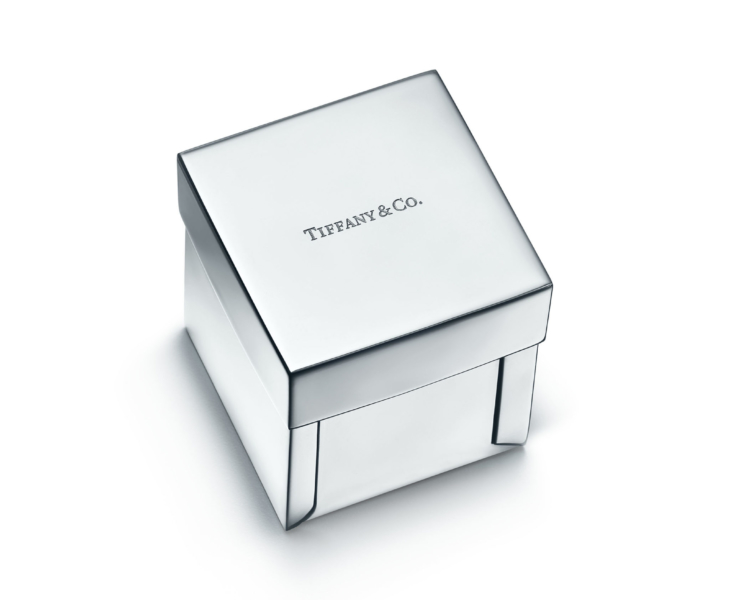
Tiffany is the world’s undoubted leader in silver, and for a good reason. While Tiffany’s legacy of offering the finest silver jewelry, home objects and accessories is internationally recognized, the fact that Tiffany set the current American standard for sterling silver, 9.25 parts per 1,000 parts silver, is less known.
Tiffany & Co. is internationally recognized for its fine silvery jewelry, home objects and accessories. When the House first opened its doors, there was no national standard for the composition of silver goods. To guarantee the highest quality for their clients, Tiffany adopted the English standard for sterling silver—925 parts per 1,000 parts silver—well before it became the official sterling standard in the United States.
Even more impressive, Tiffany has one of the largest group of silversmiths in the United States at its hollowware workshop. Now based in Rhode Island, and previously in New Jersey, it is at the workshop that Tiffany artisans have handcrafted a wide array of extraordinary sterling silver hollowware designs for over a century— solidifying Tiffany’s unique position as the purveyor of the world’s most exceptional sterling silver designs.
Tiffany’s important relationship with silver started in 1851, when Tiffany signed an agreement with leading New York silversmith, John C. Moore, to make hollowware pieces. Moore followed the standard for English sterling, which was eventually adopted by the United States. Tiffany later merged operations with the Moore workshop. John’s son, Edward, who was active in his father’s company before Tiffany purchased it, later became Tiffany’s Chief Designer, responsible for both silver and jewelry design. The younger Moore would become the guiding force behind Tiffany’s silverware business for the next forty years.
The rapid expansion of wealth in America created a demand for silver objects, which was further fueled by the discovery of extensive silver deposits in the West. Tiffany crafted the precious metal into opulent designs that epitomized the sumptuous décor and dining habits of the Gilded Age. The varied motifs were derived from Edward Moore’s vast design library. His countless volumes on architecture, horticulture and metallurgy, as well as collections of Japanese lacquer, Islamic glass, Middle and Far Eastern tiles and textiles, and European porcelains, formed the basis of the “Tiffany School,” America’s first school of design.
The silver designs inspired by Moore’s library won top awards at the world’s fairs of the late 19th century. Tiffany was the first American exhibitor to be recognized for is silver hollowware at the 1867 Exposition Universalle in Paris. At the 1876 Philadelphia Centennial Exposition, the first Tiffany design to enter the permanent collection of a museum occurred when the MFA-Boston purchased a mixed-metal jug for its collection. In 1878, Tiffany won the gold metal for its silverware at the Exposition Universalle in Paris, partically due to its Japanesque influences.
Tiffany silver is represented in the collections of all the great museums in the world. Some of the notable museums to showcase Tiffany silverware include the British Museum, the Metropolitan Museum of Art, the Museé D’Orsay, the Museum of Fine Arts, Houston, The Los Angeles County Museum of Art, the Art Institute of Chicago, the Smithsonian, the Philadelphia Museum of Art, among others.
These historic achievements established Tiffany as an authority of American silver design and represent the highest standards of quality and craftsmanship that direct Tiffany silversmiths today. The collections, including intricate and skill-intense statement silver, define the art of contemporary entertaining and decorating.
At its hollowware workshop, Tiffany’s celebrated silver designs are proudly stamped with “AG925,” denoting the chemical element and its 0.925 purity. This mark does more than ensure authenticity—it is a symbol of the highest quality and expert craftsmanship that Tiffany is known for.
TIFFANY, TIFFANY & CO. and T&CO., amongst other names and symbols, are trademarks of Tiffany and Company and its affiliates. © 2020 Tiffany and Company. All Rights Reserved.

